
Evidence shows that higher corneal sensitivity may be associated with pain phenotypes, such as the presence of chronic pain involving the trigeminal system.

Evidence shows that higher corneal sensitivity may be associated with pain phenotypes, such as the presence of chronic pain involving the trigeminal system.
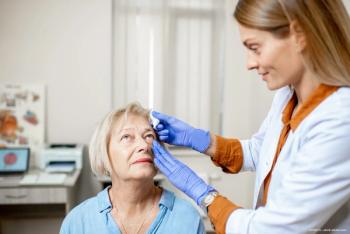
Allergan developed VUITY, which it noted is the first and only FDA-approved eye drop to treat presbyopia.

A team of investigators from the University of Michigan may have unlocked a potential new recipe for counteracting the impact that COVID-19 has on patients with underlying disease processes such as type 2 diabetes.

Cataract surgery on very small children presents some unique challenges that can be overcome with the use of a femtosecond laser.
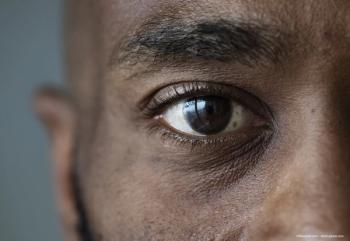
The POAAGG study in African Americans gives insights into the effect of glaucoma on this population and provides data that could lead to gene therapies.

The investigators reported the following most prominent cognitive deficits: processing speed, executive functioning, and phonemic fluency among others.

New serological biomarkers could characterise Sjögren’s syndrome better than traditionally used autoantibodies.
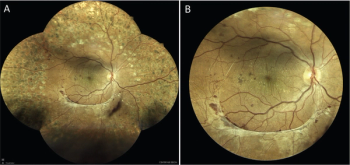
This article is produced by iCare Finland for healthcare professionals and is not intended to provide medical advice and/or treatment guidance. This website is not country-specific and therefore may contain information which is not applicable to your country.

Code-free deep learning models are expected to find applications across a range of areas to improve patient care, increase accessibility to healthcare, accelerate clinical research and enhance medical education.

XIPERE, the first therapy utilising the suprachoroidal space, demonstrates rapid efficacy, durable benefit and favourable safety profile.

Susvimo, formerly called the Port Delivery System with ranibizumab, is a first-of-its-kind therapeutic approach for wet AMD and may help people with the disease maintain their vision with as few as two treatments per year.

This three-part feature discusses tips for success when getting started with toric IOLs. Part 1 looks at patient selection and optimising biometry; Part 2 examines IOL calculation; and Part 3 looks at the perioperative period and postoperative troubleshooting.

The Luminopia One VR headset is indicated for improved visual acuity in children ages 4-7 with amblyopia, associated with anisometropia or mild strabismus, after receiving treatment instructions from a trained eye care professional.

Ophthalmologists gather to discuss artificial intelligence and the issue of false negatives, practice for surgeons and Best of the Best at the European Society of Cataract and Refractive Surgeons congress.

Home testing technology is proving to be a key advancement in monitoring and screening glaucoma patients.

Talk of lens selection and patient satisfaction dominated discussion during the Advanced IOLs Symposium; cost vs. benefit analysis emerges as a theme throughout the congress.
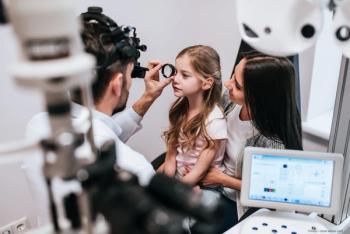
New strategies are considered for obtaining information from visual assessments while ensuring compliance from paediatric patients.

Results from Phase 3 trials of bispecific antibody faricimab demonstrate that it is more durable than currently available agents, and it has a good safety profile.

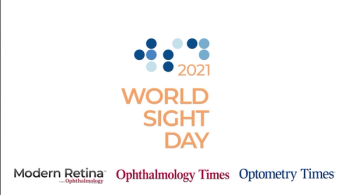
As the world comes together to shine a global spotlight on blindness and vision impairment on World Sight Day, several global organizations and companies are stepping up to increase awareness of eye health, including the importance of regular examinations by an ophthalmologist or optometrist.

A review of studies, presentations and discussions at ASRS 2021 in San Antonio, Texas.
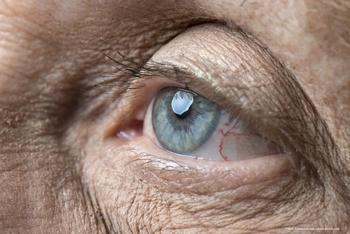
At ASRS 2021, Dr David Boyer reported that pegcetacoplan used to treat geographic atrophy and administered in monthly or every-other-month regimens was well tolerated in patients in the phase 3 DERBY and OAKS studies.

Dr Arshad Khanani reported at ASRS 2021 that the Port Delivery System with ranibizumab, an investigational product that continuously delivers ranibizumab intravitreally, achieved results similar to those in patients treated with monthly ranibizumab injections for nAMD.

At ASRS 2021 in San Antonio, TX, Dr Richard B. Rosen reported that clinical optical coherence tomography (OCT) can image and measure macular surface macrophage cells.

During the ASRS Annual Scientific Meeting, Dr Sunir Garg reported that the risk of presumed infectious endophthalmitis following administration of anti-VEGF injections does not increase and universal masking may actually decrease the risk of culture-positive endophthalmitis.

At the ASRS 39th Annual Scientific Meeting, Dr Yoshihiro Yonekawa reported that the prevalence of endophthalmitis following MIGS is similar to the prevalence rates of endophthalmitis after other incisional glaucoma surgeries.
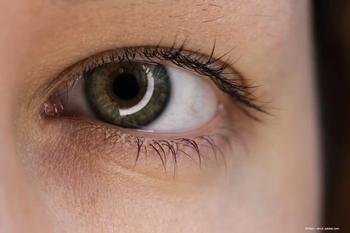
Dr Rishi Singh reports on the pooled data from the VISTA and VIVID clinical trials on the use of intravitreal aflibercept injections (IAI) to treat diabetic macular oedema at the ASRS 39th Annual Scientific Meeting.

At the ASRS 39th Annual Scientific Meeting, Dr W. Lloyd Clark discusses retinal nonperfusion and leakage areas when managing patients with nonproliferative diabetic retinopathy in context of the results of the PANORAMA study.
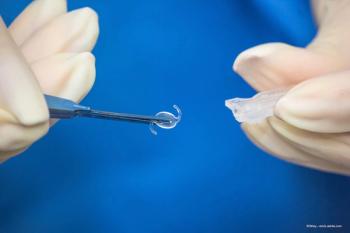
There is no significant difference between IOL replacement and rescue in terms of postoperative visual and surgical outcomes for eyes undergoing secondary IOL scleral fixation.

The EIDON Ultra-Widefield Lens module from iCare USA has received 510(k) approval from the FDA for distribution in the US.